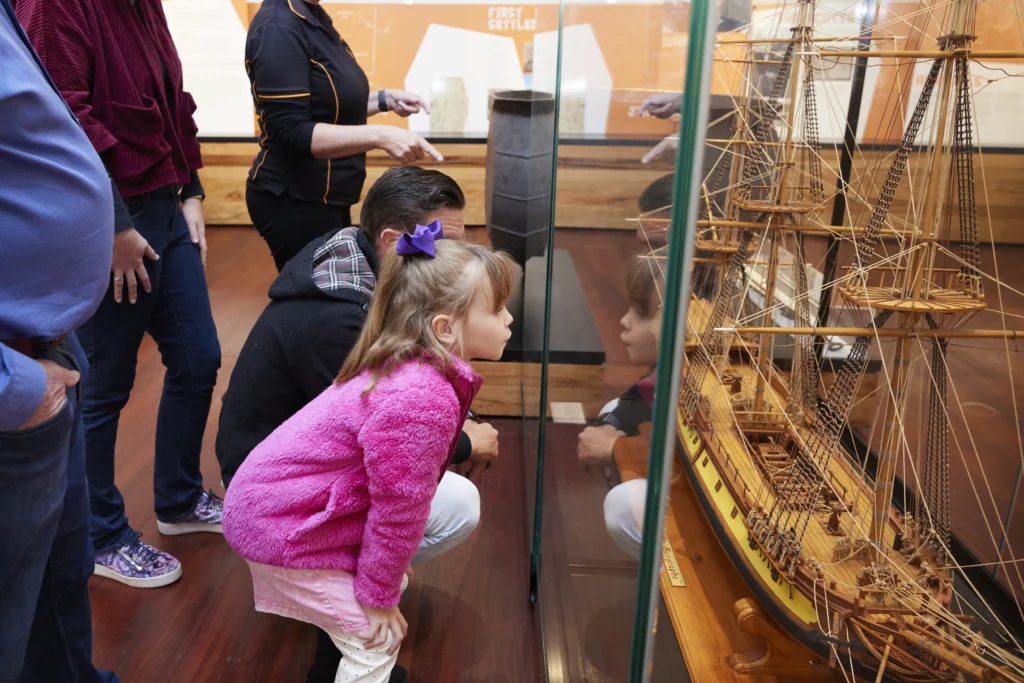

The City of Bunbury Museum Collection formally began in 2014. Since then, hundreds of donors have generously donated thousands of artefacts over the years to our collections, ranging from digital images to large-scale objects such as a drive-in cinema projector and a pulpit. Each artefact has a story to tell about the diverse history and cultural heritage of Bunbury up to the present day.
The Bunbury Museum and Heritage Centre has developed a primary collection based on three key themes:
- Land and Environment
- Developing Bunbury
- Community
Our collections are the heart of the Bunbury Museum and Heritage Centre. Some highlights from our Museum collection can be found on the WAnderland platform.
Like many cultural collecting institutions, only a small percentage of the artefacts within our Museum Collection are on display to the public at any one time. However we do endeavour to regularly update our displays to ensure the accessibility of our collections, keeping in mind that each artefact has its own display and conservation requirements.
The Museum team are committed to applying professional museum standards of best practice to develop and manage our collections, as guided by the National Standards for Australian Museums and Galleries 2.0 (2023), Spectrum 5.0 Collection Management Standards (2017), Continuous Cultures, Ongoing Responsibilities: Principles and guidelines for Australian museums working with Aboriginal and Torres Strait Islander cultural heritage (2005), and the ICOM Code of Ethics for Museums (2004).
Object donation offers to the Museum are welcome and considered in the context of the City of Bunbury Museum and Local Studies Collection Policy. If you have an artefact you would like to donate, or an image or document which could be digitised for our Local Studies Collection, please visit our Object Donations page to learn more.
Bunbury Museum and Heritage Centre wishes to acknowledge that some material in the collections relating to First Nations people may be considered culturally sensitive. Items in our Local Studies and Museum collections may contain harmful or offensive language, images of deceased persons or depict distressing incidents. We acknowledge the rights of First Nations peoples to challenge and respond to their information and knowledges contained in our collections and records.
